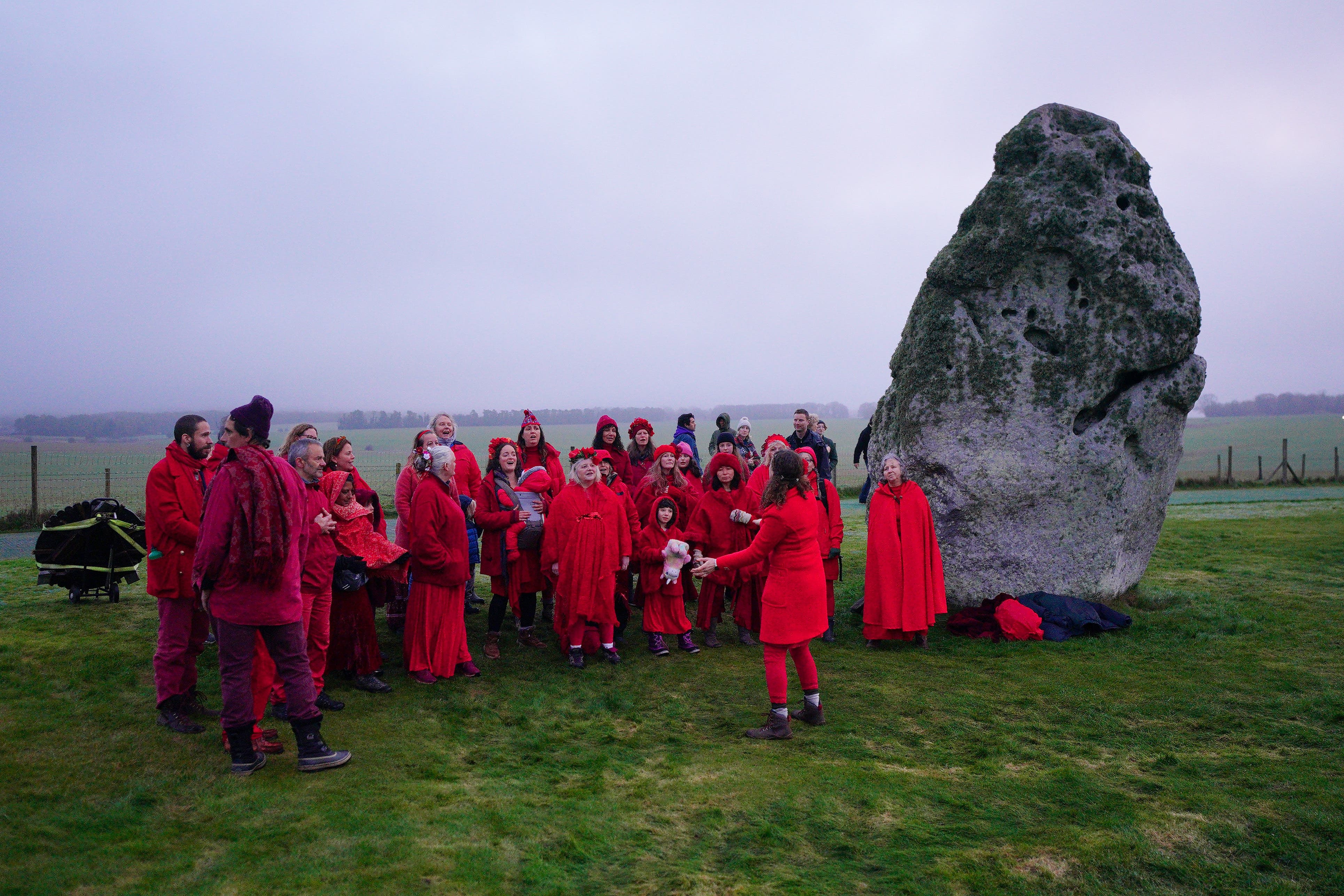Thousands attend winter solstice celebrations
Around 4,500 people were at Stonehenge to mark the shortest day.

Your support helps us to tell the story
From reproductive rights to climate change to Big Tech, The Independent is on the ground when the story is developing. Whether it's investigating the financials of Elon Musk's pro-Trump PAC or producing our latest documentary, 'The A Word', which shines a light on the American women fighting for reproductive rights, we know how important it is to parse out the facts from the messaging.
At such a critical moment in US history, we need reporters on the ground. Your donation allows us to keep sending journalists to speak to both sides of the story.
The Independent is trusted by Americans across the entire political spectrum. And unlike many other quality news outlets, we choose not to lock Americans out of our reporting and analysis with paywalls. We believe quality journalism should be available to everyone, paid for by those who can afford it.
Your support makes all the difference.Thousands of people greeted the sun with cheers as it rose over Stonehenge for the winter solstice.
Those who observed the spectacle at the neolithic monument in Wiltshire encountered a chilly morning accompanied by clear skies as the sun glinted over the horizon to mark the shortest day.
Scott Ashman, from English Heritage, said: “It was fantastic to welcome approximately 4,500 people to Stonehenge this morning to celebrate winter solstice.
“We were delighted that a further 100,000 people watched the sunrise live online from right around the world.
“It was an enjoyable and peaceful celebration despite the damp and misty weather, and it was great to see so many families enjoying themselves around the monument.
“We’d like to wish everyone who joined us this morning a safe trip home and a very happy Christmas.”
Stonehenge is a monument built on the alignment of the midsummer sunrise and the midwinter sunset.
It is believed that solstices have been celebrated at Stonehenge for thousands of years.
The date of the equinoxes and solstices varies because the Gregorian calendar does not exactly match the length of the tropical year – the time it takes the Earth to complete an orbit around the Sun.
To realign the calendar with the tropical year, a leap day is introduced every four years and when this happens, the equinox and solstice dates shift back to the earlier date.